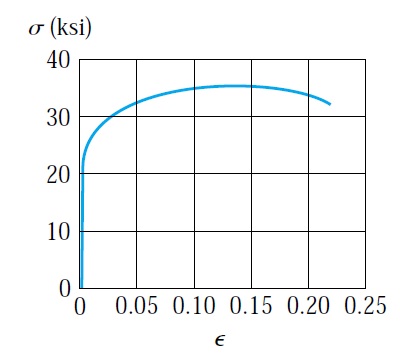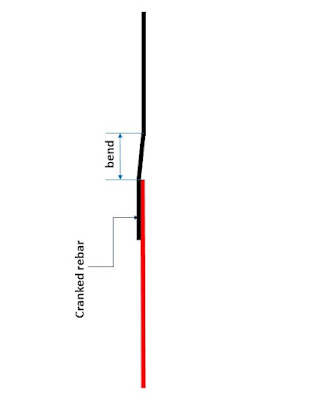Spatterdash for external rendering and plastering
External render is a coating applied to walls of the building to prevent rain penetration, and it can be used as a decorative finish to enhance the appearance of the building. The number of layers for render coat can vary from 1 to 3 layers. The thickness of render layers can vary according to surface evenness. The thickness will increase for uneven surface such as a brick wall. Figure no:1 showing the different layers of a render coat.
Plastering is also used for building walls. Plastering usually applied before applying a painting coat. The plastering of walls will result in a smooth and even surface to receive the paint coating layers. spatterdash layer usually used as the first layer for rendering and plastering. spatterdash layer is a mixture of 1 part of cement to 1.5 of coarse sand with a sufficient amount of water. Then the mixture is thrown forcibly to the wall, so the impact will remove the water film at the interface between spatterdash and the substrate leading to the improvement in adhesion. The spatterdash should cover the wall surface entirely and form a rough texture. Spatterdash serves as an effective mechanical key to prevent rendering and plastering material from sliding or sagging. The roughness of spatterdash improves adhesion by providing a positive “key” for the plaster to grip. The improper application of spatterdash affects the subsequent bonding of rendering with the wall.
Figure 1
Figure 2

















Nice reading, I love your content. This is really a fantastic and informative post. Keep it up and if you are looking for Spray On Fleck Concrete then visit Sydney Wide Spray Pave
ReplyDelete